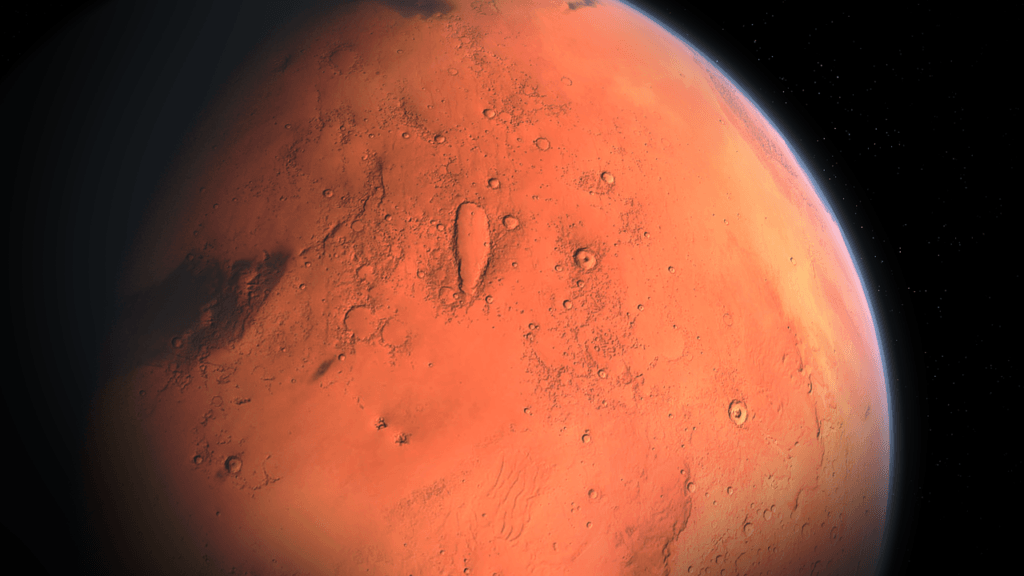In an effort to learn more about Mars, scientists are sending rovers and other robots to study it. NASA’s InSight lander is set to study so-called Marsquakes, while the Curiosity rover continues to collect data on the planet’s chemical properties and composition. Scientists may now have an answer to another enigma after learning about a new water cycle on the Red Planet.
Mars is believed to have had water on its surface when the solar system was formed. However, as time passed and the planet evolved, scientists believe it began to lose water only a small amount of ice remained. Scientists are now aware of trace amounts of water vapor in the planet’s atmosphere.
Scientists at the Moscow Institute of Physics and Technology collaborated with researchers at the Max Planck Institute for Solar System Research for a paper published in the journal Geophysical Research Letters. They believe the water cycle on the Red Planet might give insight into how the water on Mars vanished while the water on Earth remained.
The Martian water cycle begins every two Earth years during summer in the planet’s southern hemisphere. At that time, water vapor at the planet’s north pole increases and is split by UV rays from the sun, while hydrogen and hydroxyl groups remain. The rest of the water moves down into the lower atmosphere around the poles.
The water cycle on the Red Planet suggests this is happening because the middle layer of the atmosphere allows the water to penetrate certain locations at a certain time. This also happens because of Mars’ orbit Mars around the sun. It’s an elliptical orbit which brings the Red Planet closer to the sun during some of its orbit and further in other parts of its orbit. During summer in the planet’s southern hemisphere, the distance between Mars and the sun is 26 million miles closer to the sun thank the planet is at its furthest points, making it surface warmer.
“When it is summer in the southern hemisphere, at certain times of day water vapor can rise locally with warmer air masses and reach the upper atmosphere,” Paul Hartogh of the Max Planck Institute for Solar System Research (MPS) explained in a statement. “Apparently, the Martian atmosphere is more permeable to water vapor than that of the Earth. The new seasonal water cycle that has been found contributes massively to Mars’ continuing loss of water.”
Scientists attribute another situation to the strange water cycle on the Red Planet, which is the colossal dust storms that surround the Red Planet. The most intense storms took place in 2007 and 2018, when the storm put the Opportunity rover out of commission permanently. Scientists suggest that these storms affect the water cycle at intervals of several years, based on data from the spacecraft orbiting Mars.
“The amounts of dust swirling through the atmosphere during such a storm facilitate the transport of water vapor into high air layers,” Alexander Medvedev from MPS said in the statement.












